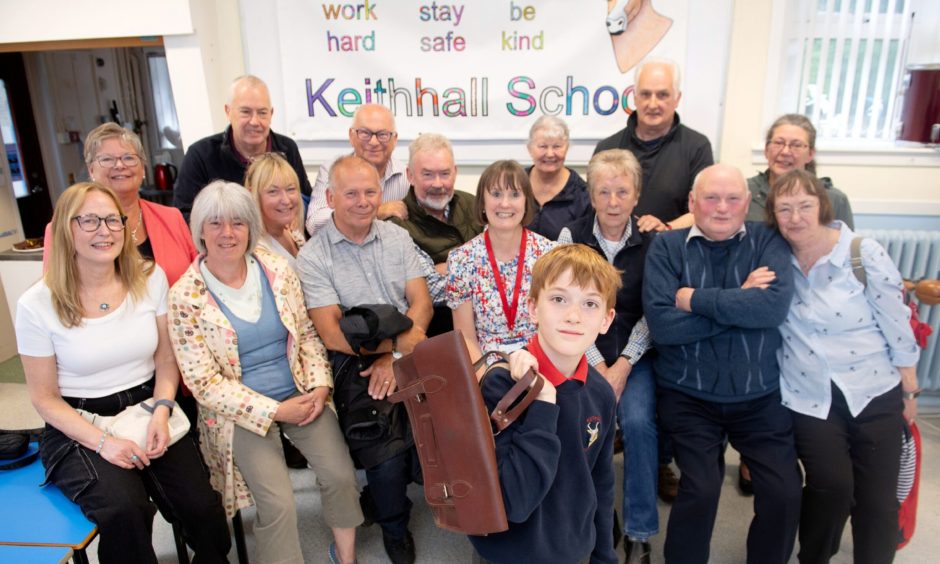
Pupils at Keithhall School near Inverurie have celebrated 150 years since the rural school opened by delving into its past.
In its time, the school has weathered two world wars, rural depopulation and the boom and bust of oil – to name but a few events.
And 150 years on from its foundation, the school is still thriving at the heart of a rural community.
At a celebration to mark the significant milestone, head teacher Nicole Scott said: “Keithhall still stands with a life and spirit of its own. After 150 years, we are proud to be here.”
While much has changed since 1874, pupils discovered that much remains the same…
Keithhall School built for 140 pupils in 1874
The first mention of Keithhall School in the Press and Journal was in a tender for builders to erect a new public school in April 1874.
At this time, the historic parishes of Keithhall and Kinmuck were brimming with large farms, supporting a population of around 900 people.
Keithhall School opened in the wake of new legislation in 1872 making elementary education compulsory between the ages of 5 and 13.
When the school opened, it had capacity for 140 pupils from across its rural catchment on the fringes of Inverurie.
The present-day role is a more manageable 35 pupils, who are taught in two classes: P1-3 and P4-7.
Keithhall School’s first headmaster was George Kemp, who remained in the post for 35 years until retiring in 1909.
Upon his retirement, a tribute said he was “a loved master” whose gentle rather than domineering approach to teaching and “kindness of heart” endeared pupils to him.
Present-day pupils carefully researched school’s history over 150 years
Present-day pupils pieced together Keithhall’s history from the 1800s to present day, carrying out research like reading the school log book.
Pupils also visited the Victorian classroom at the Tarves Heritage Project to experience education as it would have been 150 years ago.
The youngsters, who dressed for the part, learned pupils were expected to pay a penny for their schooling.
The historic log book at the archive in Aberdeen also recorded scholars’ attendance, with weather being a common theme with today.
In the past, children would walk miles to school, and heavy snow meant the school could close for long periods when surrounding snowdrifts were impassable.
But unlike today, Keithhall pupils sometimes missed school to undertake farm work.
Schooldays in Victorian times were a lot harder
P7 pupil Arianna Cooper took part in the school’s 150th anniversary celebrations and research project.
Arianna is the oldest pupil in the school and will be moving up to Inverurie Academy after the summer.
She said: “It was really cool looking back at the history. In some ways it was not too different to now.
“It was interesting to learn Keithhall had different names, and to look at the school through World War Two.”
When asked if she thought school was better now or then, Arianna added: “I prefer school now, they don’t do anything horrible like the dunce’s cap or whip children!
“Keithhall is a really friendly school, and I like it because it’s small, but has lots of space outside.”
Keithhall School in time of war
Present-day pupils learned “cleanliness was next to Godliness” and Victorian children at Keithhall School were inspected every day.
The curriculum was different too – scholars learned about the British Empire, arithmetic, Latin, Greek, as well as taking poetry and Bible classes.
And Christmas Day was not a holiday – instead, pupils enjoyed a longer break in the New Year.
During the Second World War, the school’s population increased when it welcomed evacuees from Glasgow.
Despite its rural location, lessons at Keithhall School were interrupted by air raid warnings.
Each pupil was issued with a gas mask, and local police officers would check children were wearing them correctly.
As part of their research, youngsters at Keithhall enjoyed trying out Victorian games at playtime, like hobby horses and marbles.
But they also found similarities in the hopscotch and ball games they play today.
Provost: ‘Pupils are a credit to school’
Keithhall pupils also discovered other aspects of school weren’t too far removed from today, despite the passage of 150 years.
Like their predecessors, pupils learn country dancing and there is a strong tradition of music.
On Friday May 24, pupils performed in a celebratory concert for parents, former pupils and teachers.
Ex-pupils were also invited to a reminiscing session, and those memories will go into a time capsule to be buried at the end of this session.
From violin and brass solos, to a whole-school rendition of ‘You are my Sunshine’, youngsters also played in a recorder choir and a percussion performance of ‘We Will Rock You’ by Queen.
One of the guests was Provost of Aberdeenshire Judy Whyte, who accepted a plaque from Mrs Scott and Arianna to mark 150 years of Keithhall School.
Councillor Whyte told pupils: “A school is all about the people in it and you’re a credit to Keithhall.
“The school has been here for 150 years and I hope you’ll all take memories forward with you.”
Keithhall is bucking trend of decline in rural schools
Keithhall School has seen its roll fluctuate over the years due to rural depopulation and changes in the oil industry.
But it seems to be bucking the trend when it comes to the decline of rural schools.
When Mrs Scott took over the headship three years ago, the roll was at 22, it’s now thriving at 35.
While four P7 pupils are due to move up to the academy, another four are set to start P1 after summer.
One of the parents said such is the school’s reputation he sought an out-of-zone request for his daughters as they were outwith its catchment by a field.
Apart from staff and pupils, its unique rural location is what makes Keithhall School successful.
Learning takes place outdoors as well as in the classroom
The school is still very much at the heart of a scattered community.
Mrs Scott said staff and pupils enjoy a “wonderful environment” and make the most of it.
In the playground, the peace is broken only by birdsong as the school backs onto the wooded policies of Keithhall Estate.
And today’s pupils were unanimous in sharing their love of the great outdoors, pointing out they enjoy many of the same activities as their Victorian forebears.
It’s normal for pupils to spend time in the woods building dens, or out learning in their outdoor classroom.
Pupils enjoy their annual picnic on the estate – something scholars have done at Keithhall since Victorian times.
The Victorian outbuildings have, however, been given a 21st Century makeover, thanks to creative pupils and artist Penny Downes.
Youngsters helped paint a mural featuring characters from the school’s four houses and the school mascot.
‘Pupils have sense of belonging at Keithhall’
Headteacher Nicole Scott leads the two-class, two-teacher school having previously been acting head teacher at Cultercullen and Boddam School.
She said: “Keithhall is a lovely school in a close community where parents are really supportive – there’s a good staff here too.
“The pupils all work well together and they really enjoyed looking back on the history of the school and seeing where it all started.
“The pupils have a sense of belonging here. Parents of pupils went to school here too, it’s a generational thing – people care about each other.”
This is reflected in a new 150th celebration school song pupils helped to write where each letter of ‘Keithhall’ represents a school value.
Keithhall stands for: kindness, equality, inclusion, trust, honesty, helpfuless, ambition, leadership and loyalty.
And it’s apt that kindness, which was at the heart of the first headmaster’s teaching, is still the core value at Keithhall 150 years later.
If you enjoyed this, you might like:
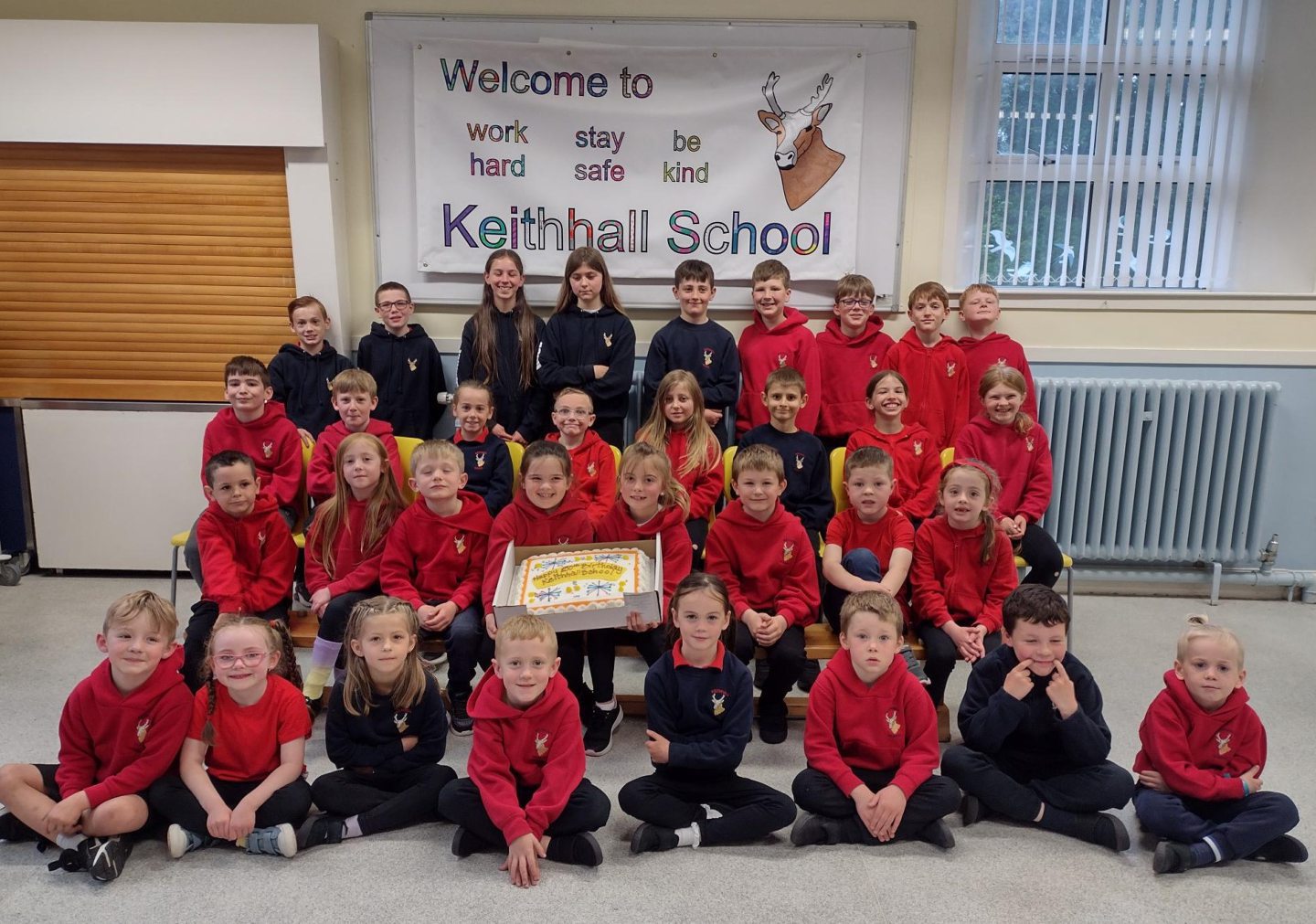
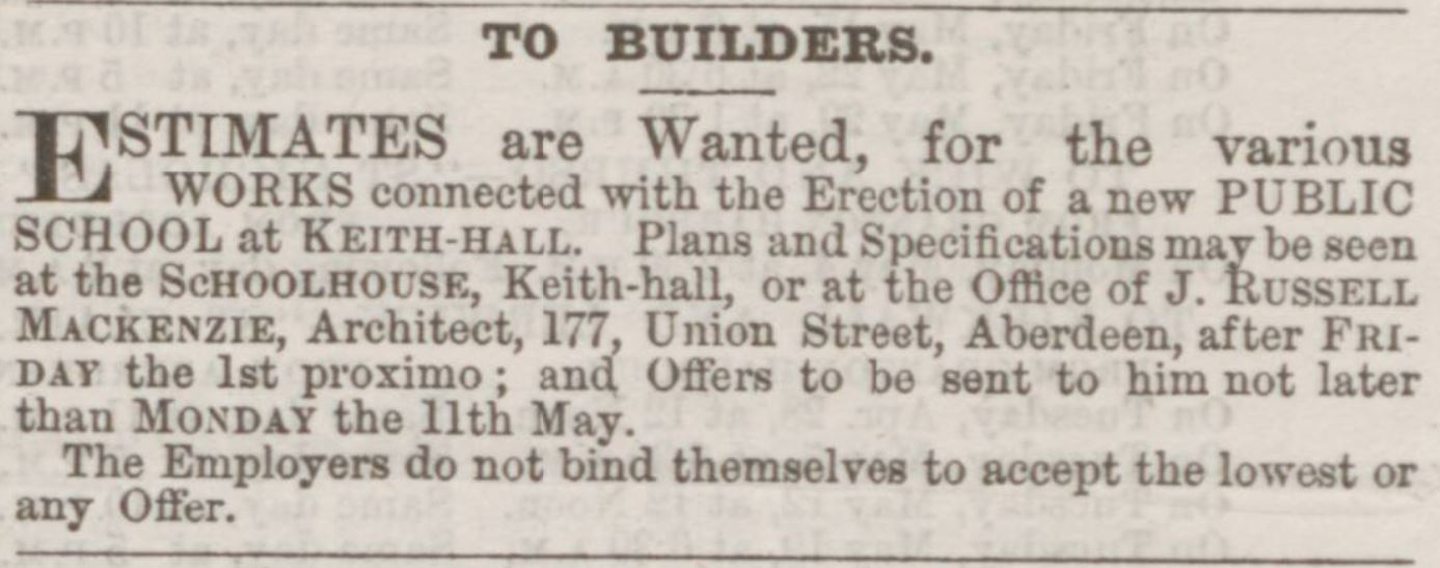

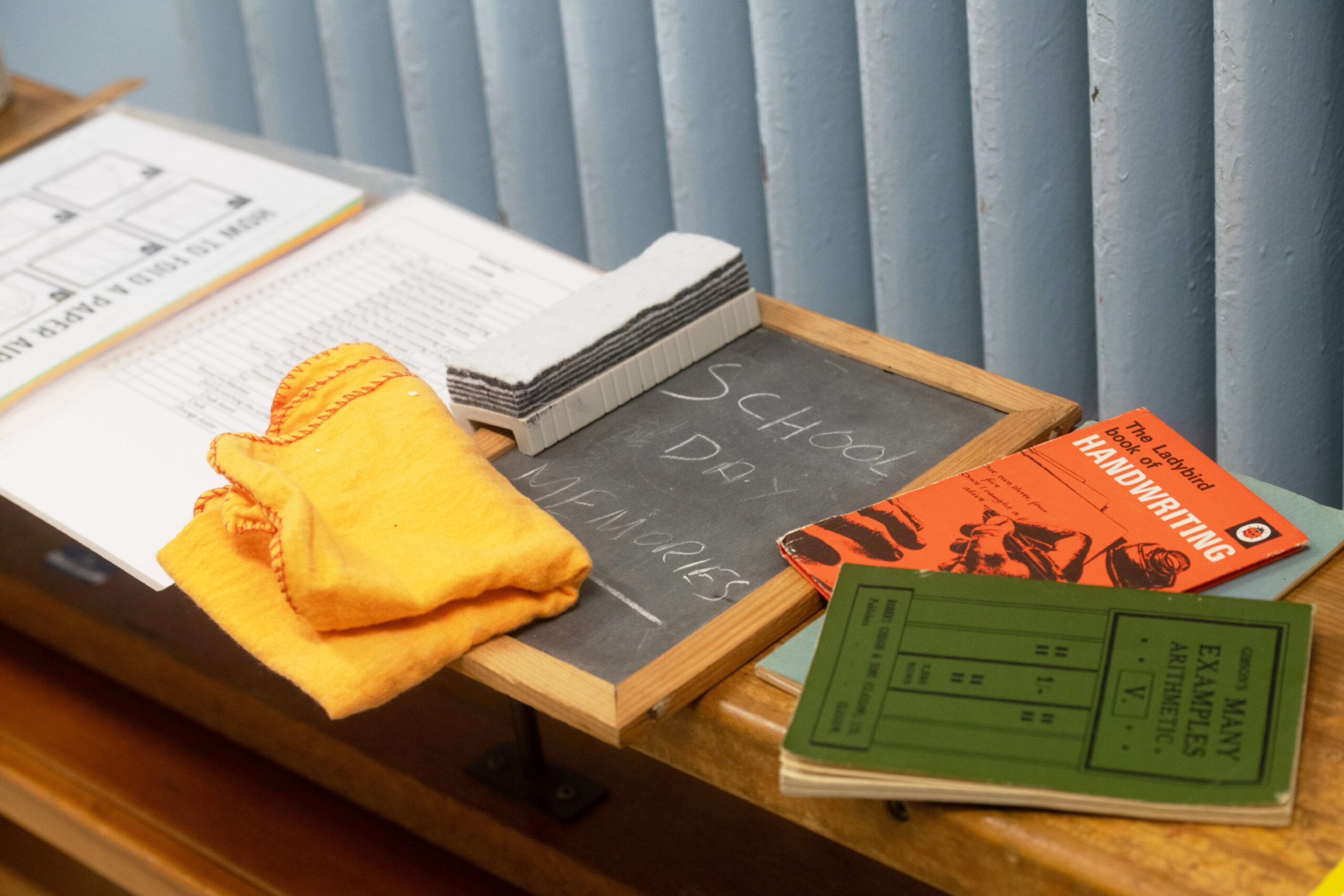
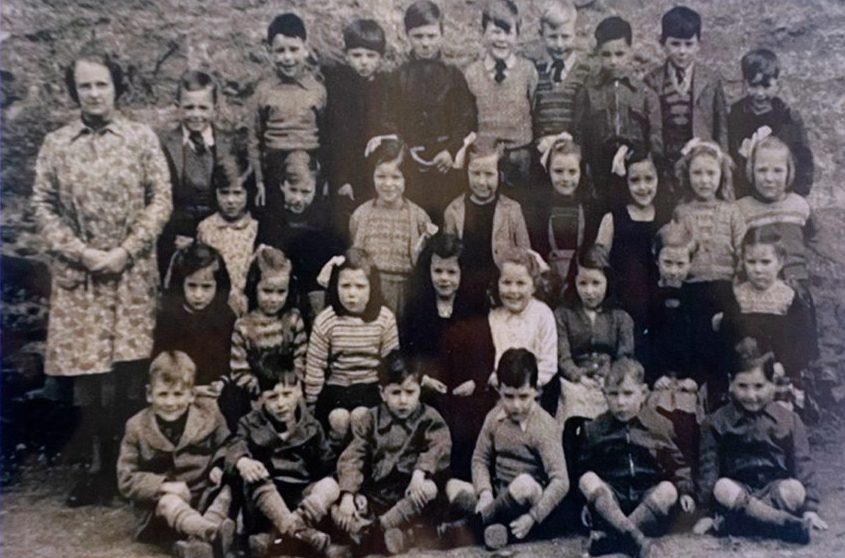
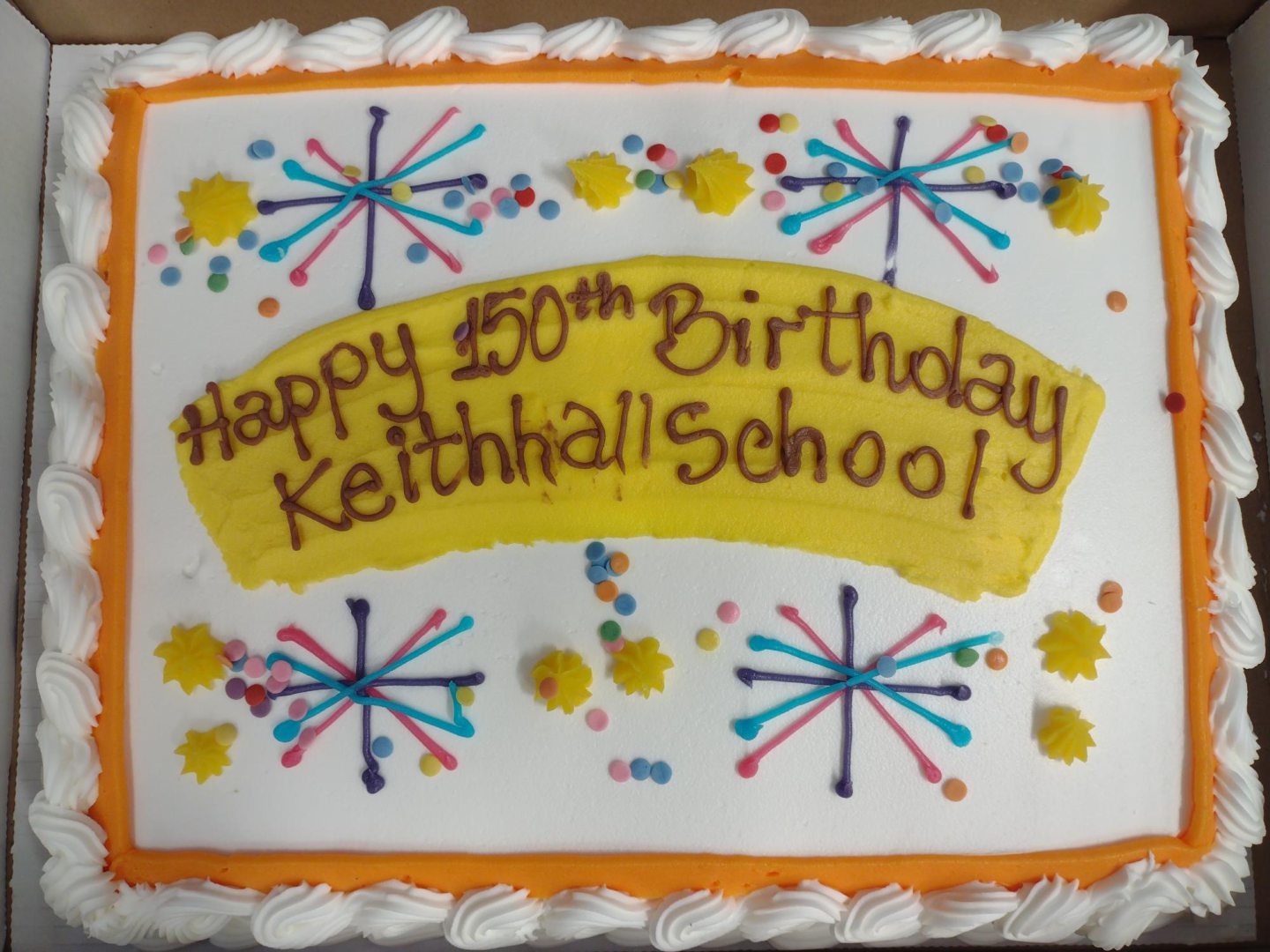
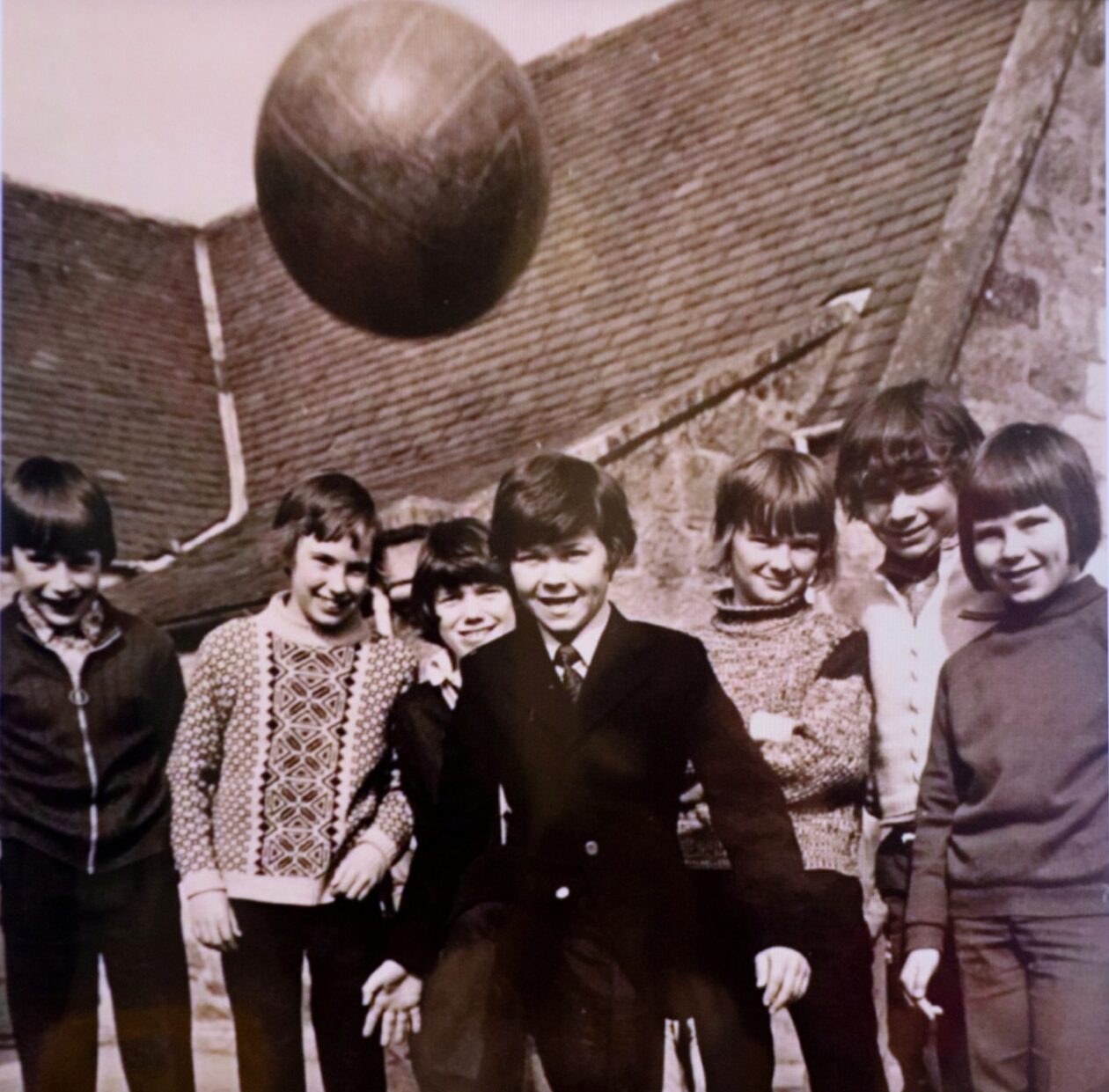
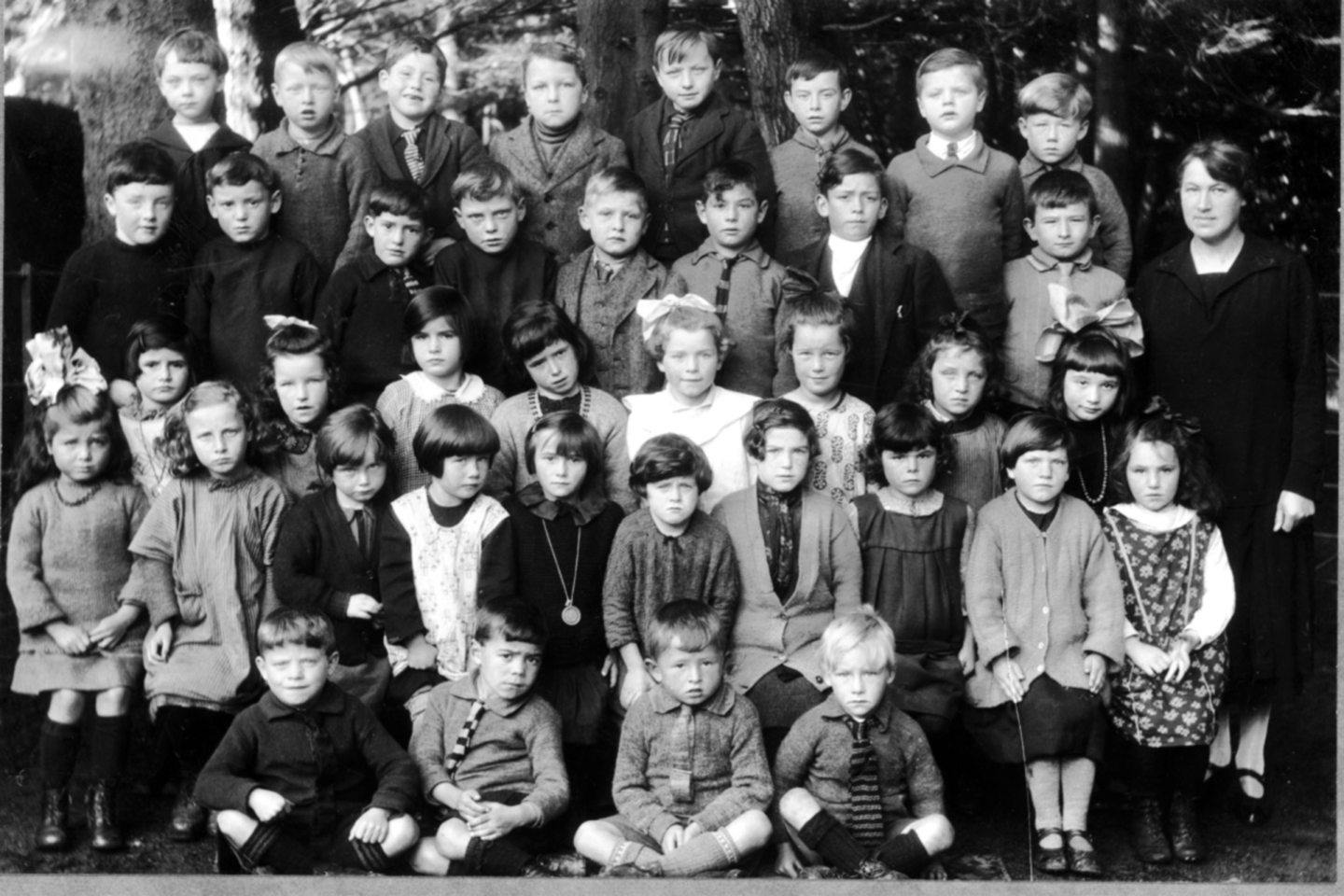

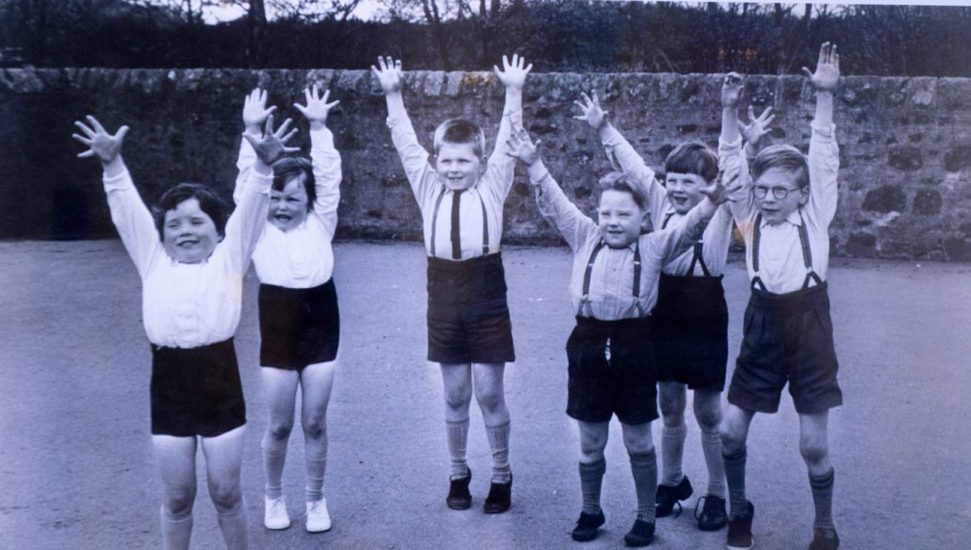
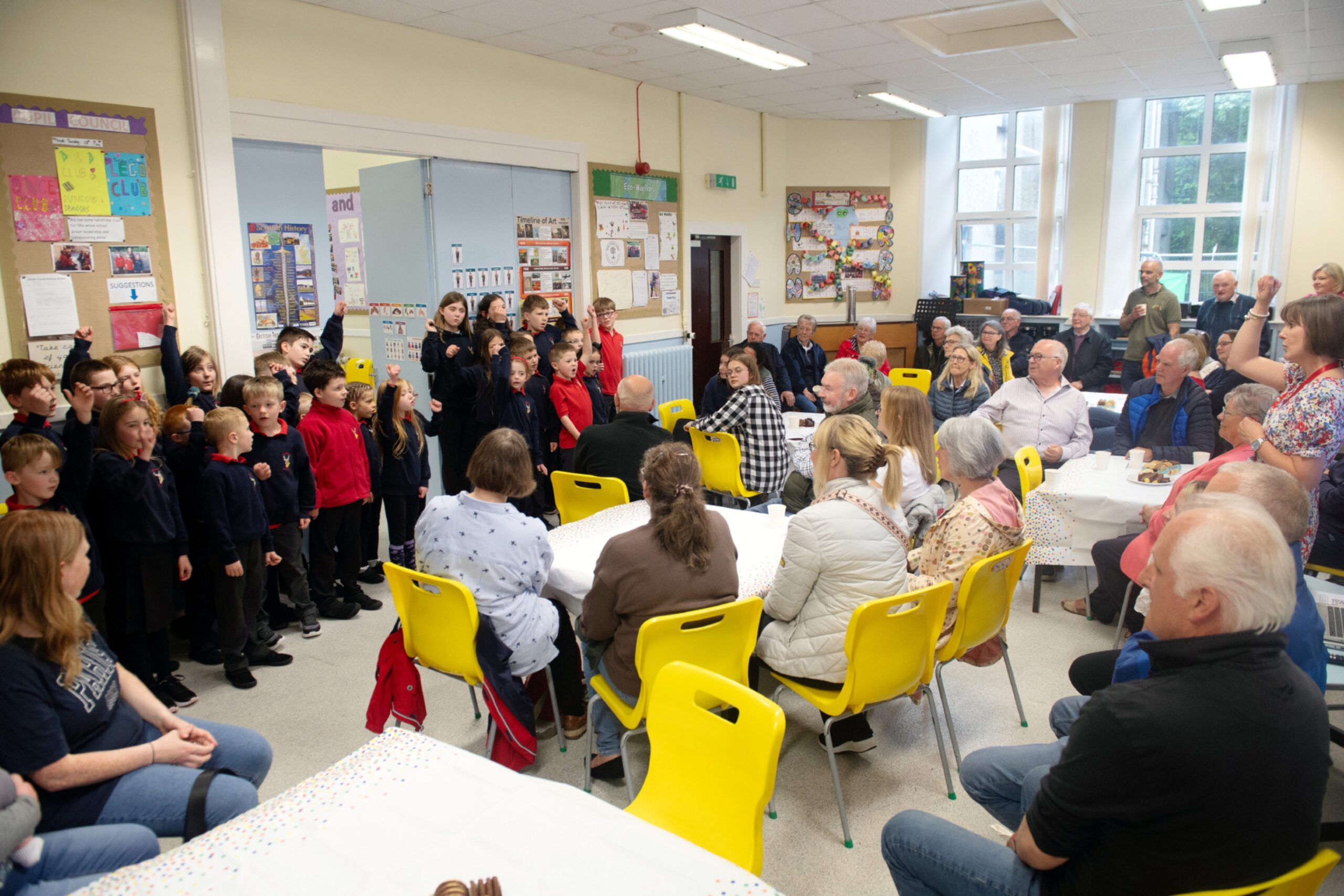
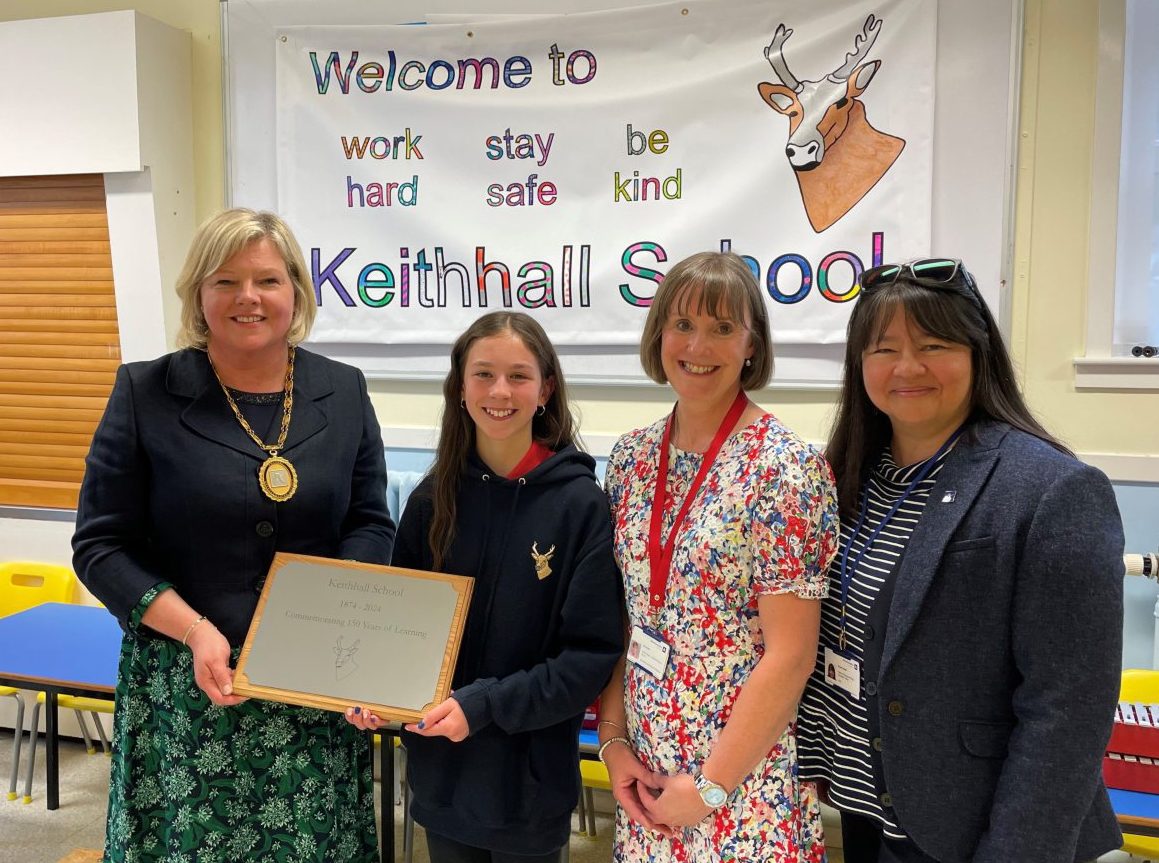
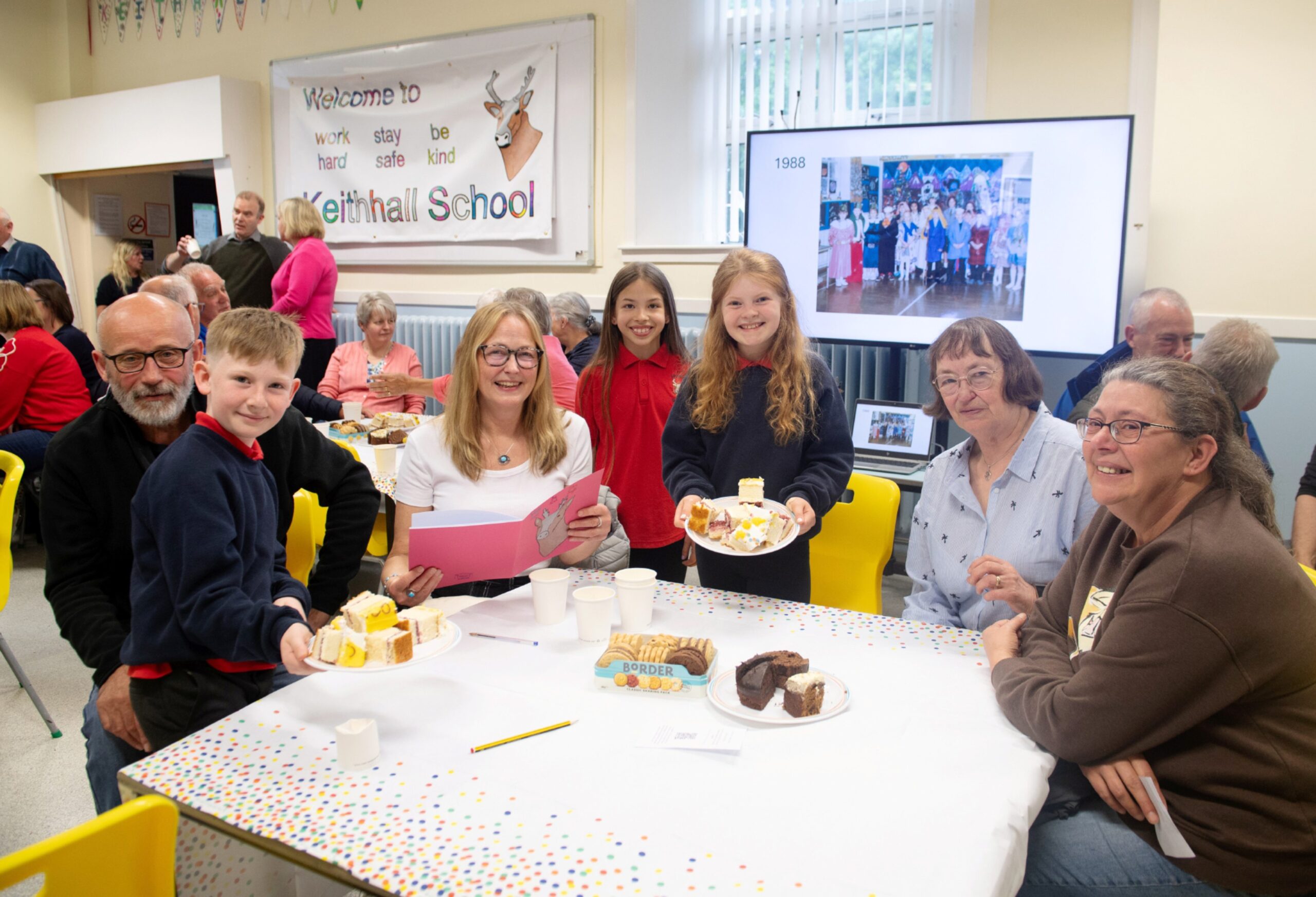
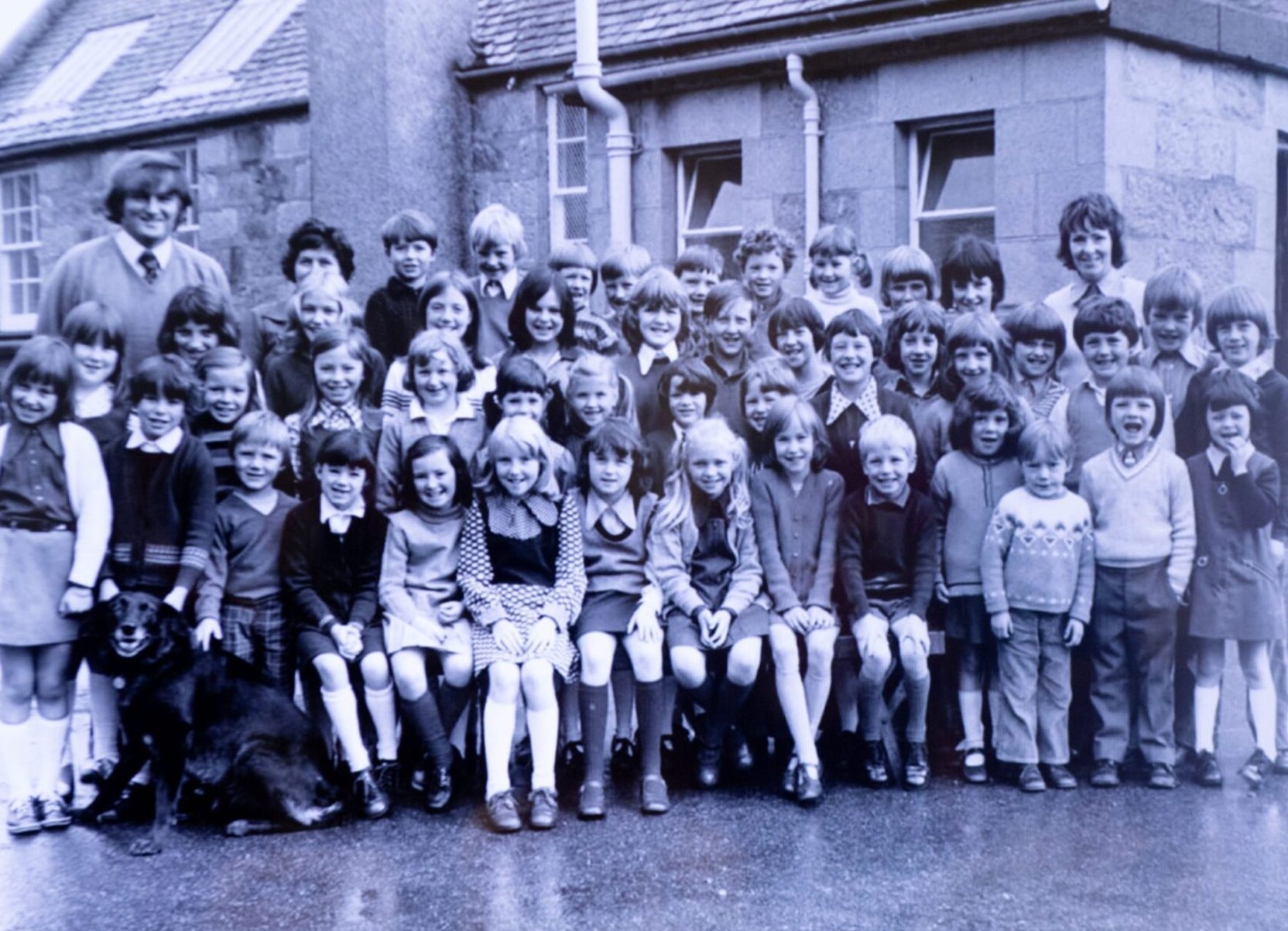
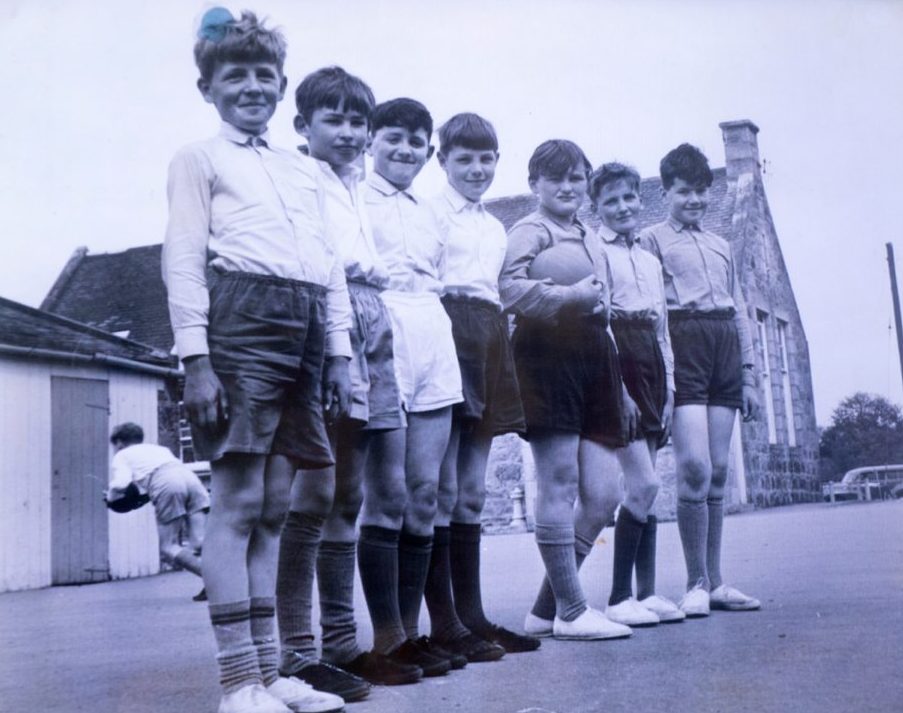
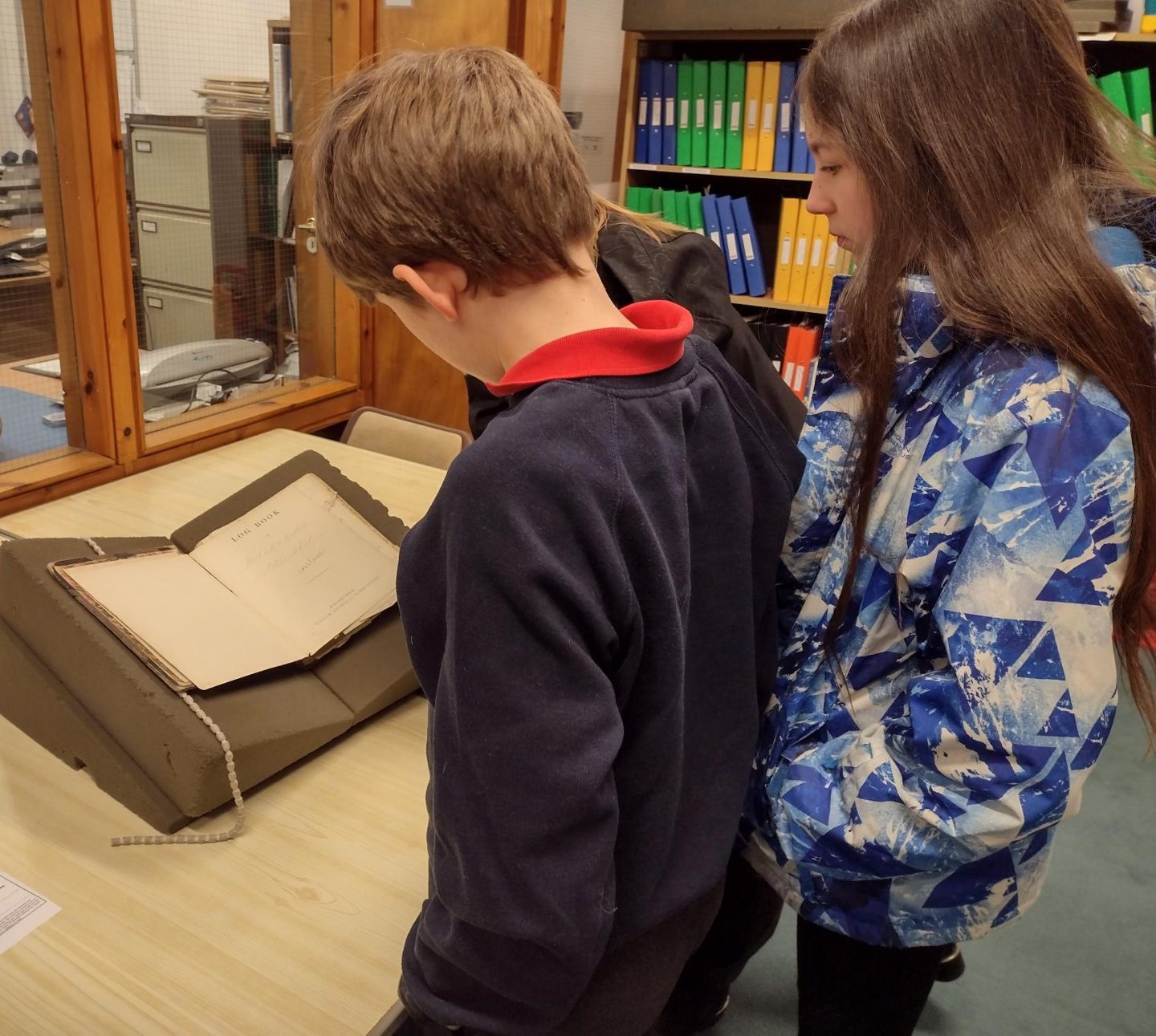
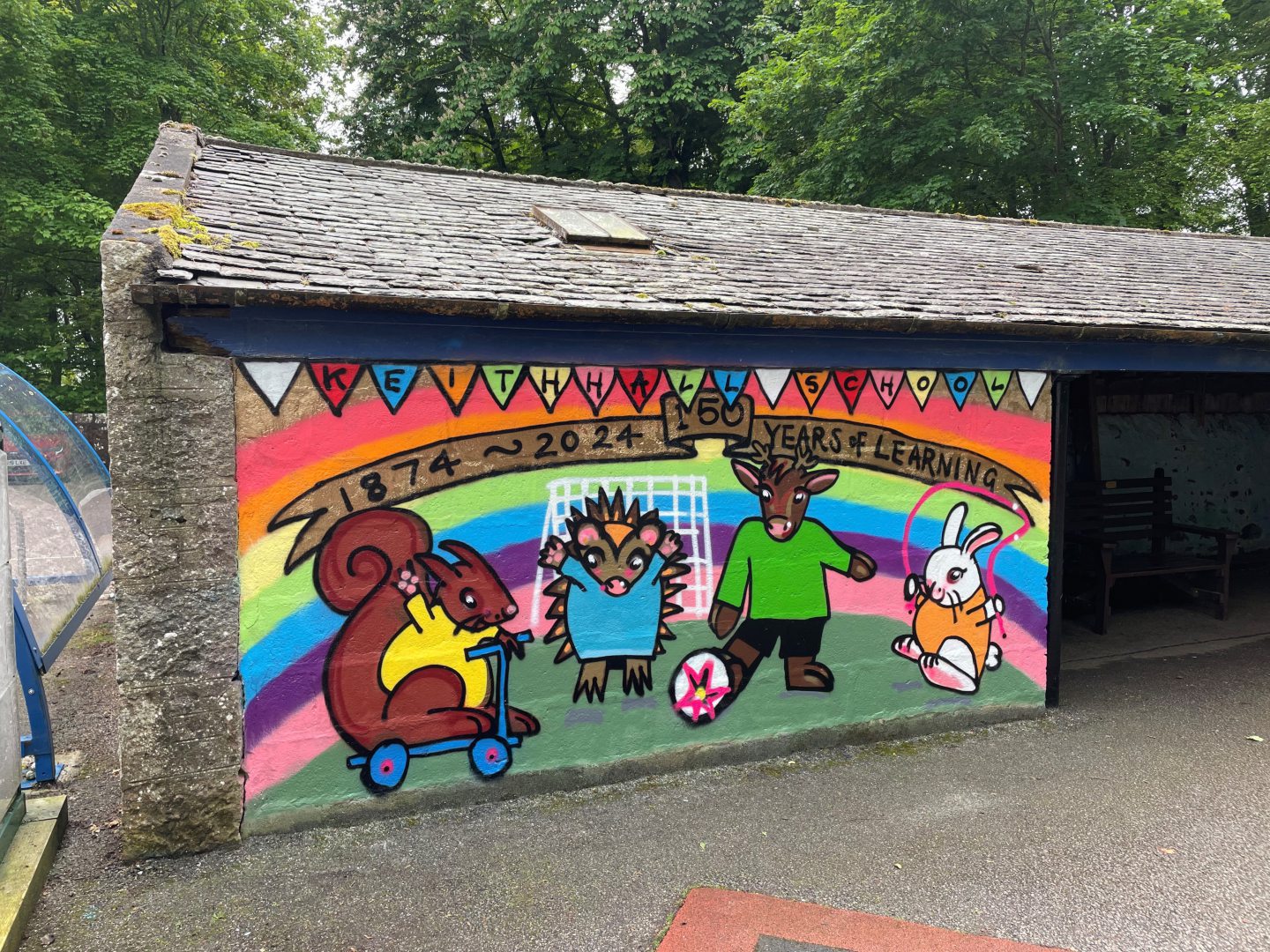

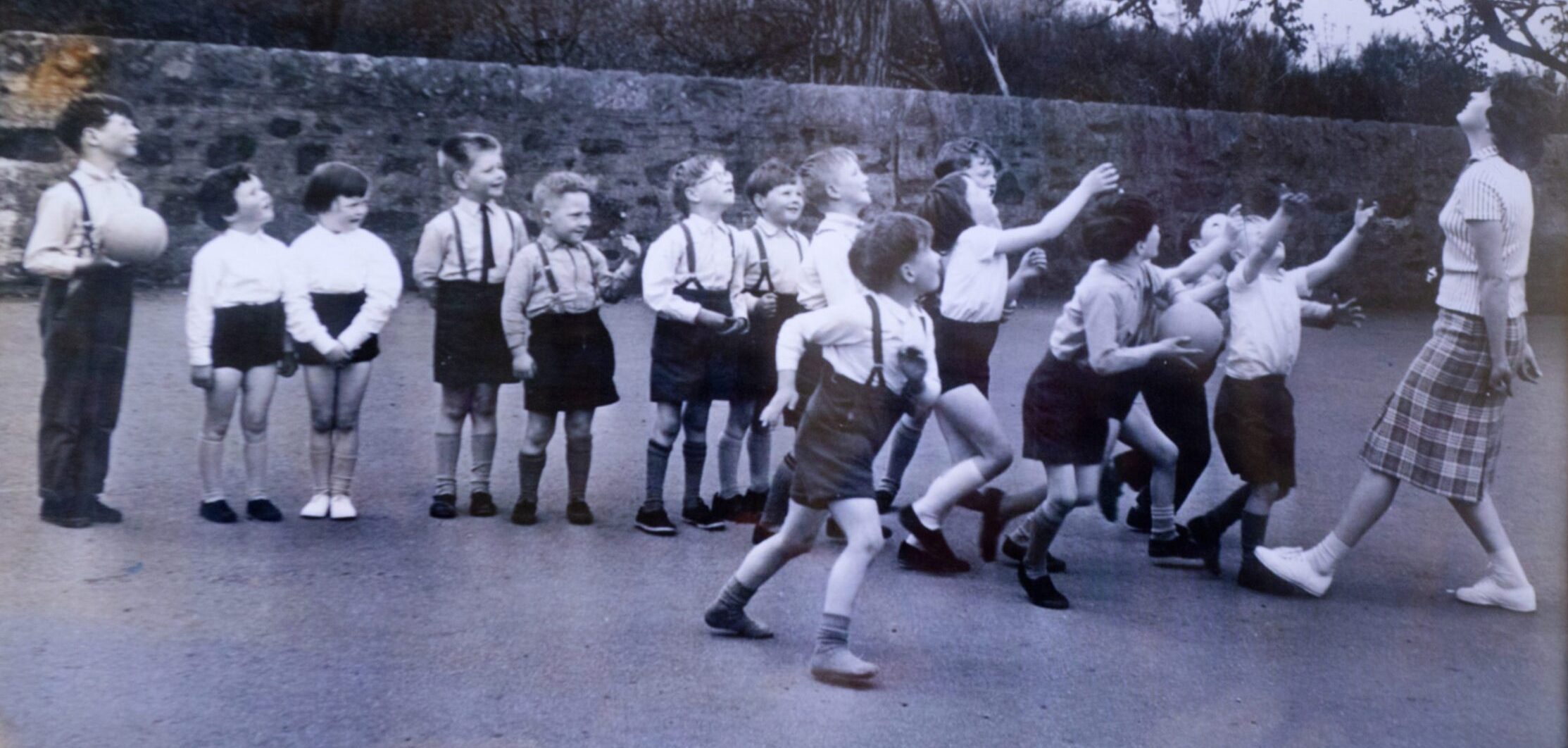
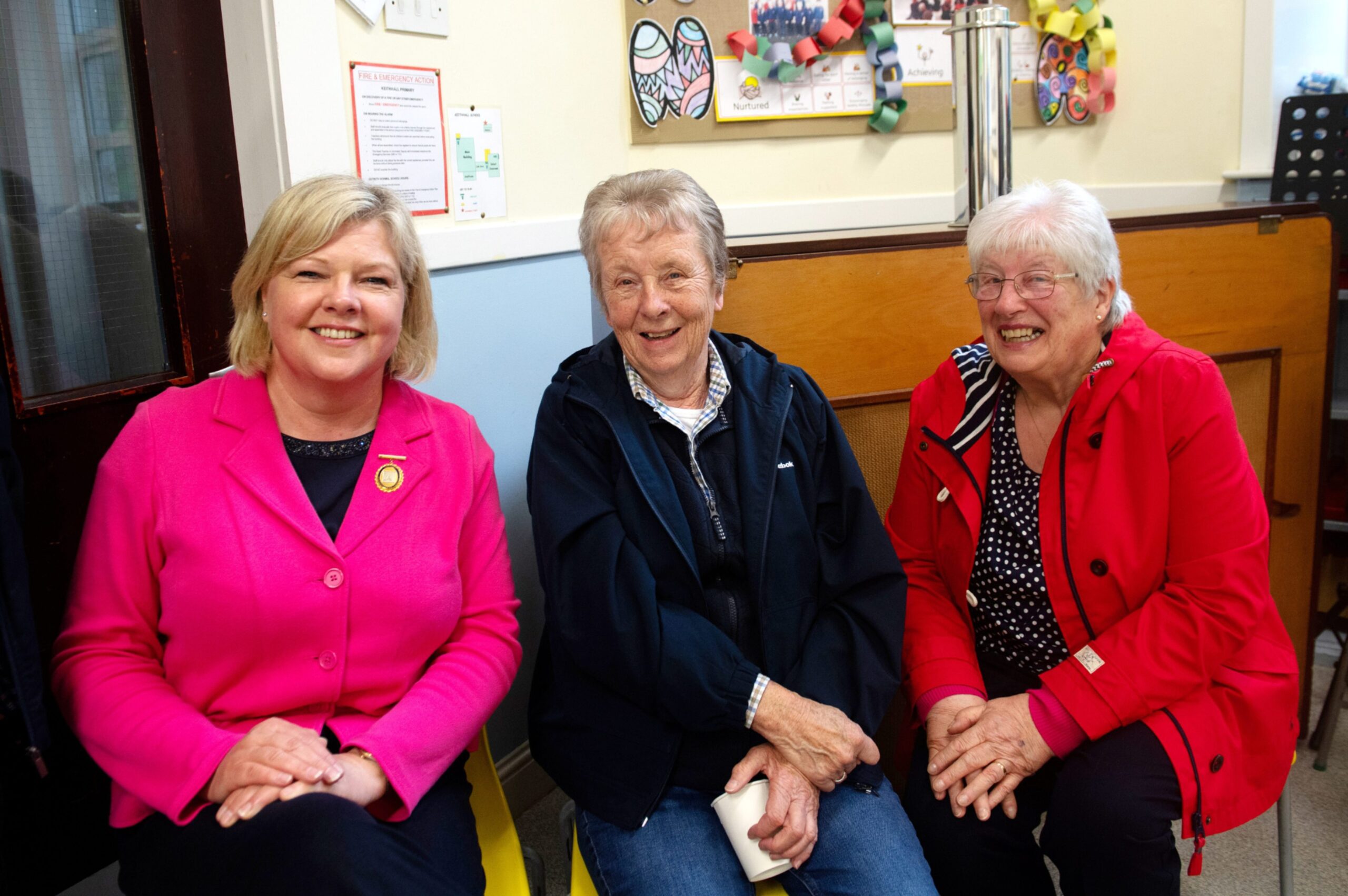
Conversation